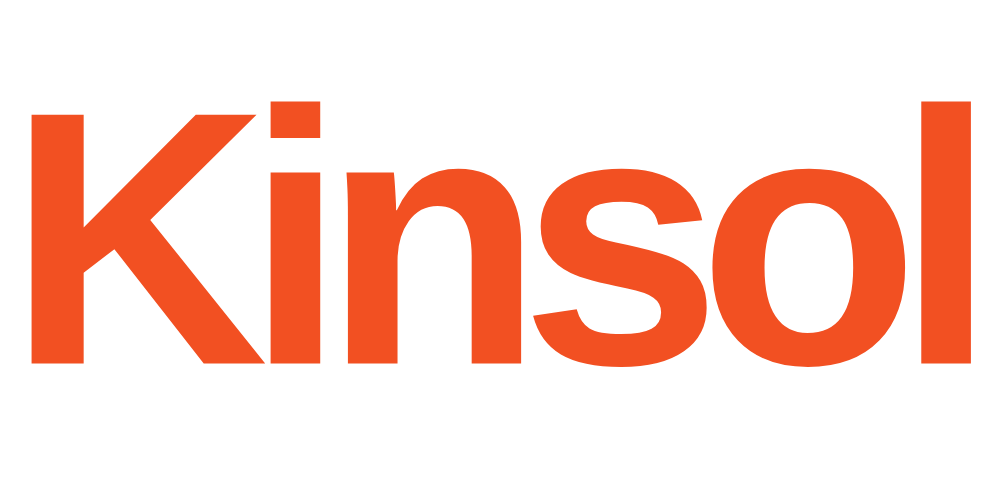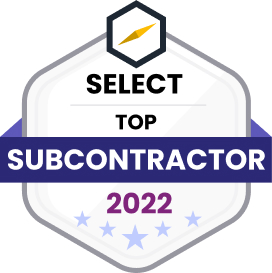Our experience with timber structures has taught us some valuable lessons (often times with scars to prove it) about the pre-planning process and the importance of exhaustive digital planning, systemic quality and process control, and ongoing digitalization of the construction process through the use of Total Station technology.
Component Geometry – the quickest way to lose speed on site is to have the prefabricated components not fit when they are suspended from the crane’s hook. It cannot be assumed that global geometry is correct simply because members were shop fabricated under careful control. Timber manufacturing has come a long way in terms of its precision, however, we continue to measure our tolerances in tenths of inches rather than in thousandths, as with milled steel. There are good reasons for this, but it remains that we must apply prescriptive diligence around geometry management in order to prevent costly delays on site.
Moisture Management – an important aspect of managing geometry lies in the process for managing moisture. Because wood is hygroscopic it has the natural characteristic of expanding and contracting as it takes on and releases water. While this generally is quite small from board to board (particularly when kiln dried), the effect on large section timber can be more pronounced. While we cannot remove this risk entirely, we can manage and plan for it by recording moisture readings, both for inbound raw materials and outbound fabricated materials.
Proof of Performance – for panelized structures, building trust with engineers and Authorities Having Jurisdiction is important to efficient and uninterrupted manufacturing. In the early stages of shop assembly, we work with building inspectors to come to our shop and verify the quality installation of systems which may become concealed.
Building Geometry – as you can already tell, we are big fans of BIM…but, we do not stop modeling when the model is “done.” One of the greatest missed opportunities in BIM is the ongoing incorporation of as-built geometry into the model and the comparison of that data to the above-mentioned geometry control measures, thereby empowering our superintendent to digitally understand exactly what his geometric constraints will be during the upcoming week. By comparing this data ahead of time, we are able to anticipate fit challenges and get ahead of them to prevent costly delays. Our business has invested tens of thousands of dollars tooling up and training our staff to capture the extraordinary value of Total Station technology and its data feedback capabilities into the BIM model, and we see the value it delivers on every project.




